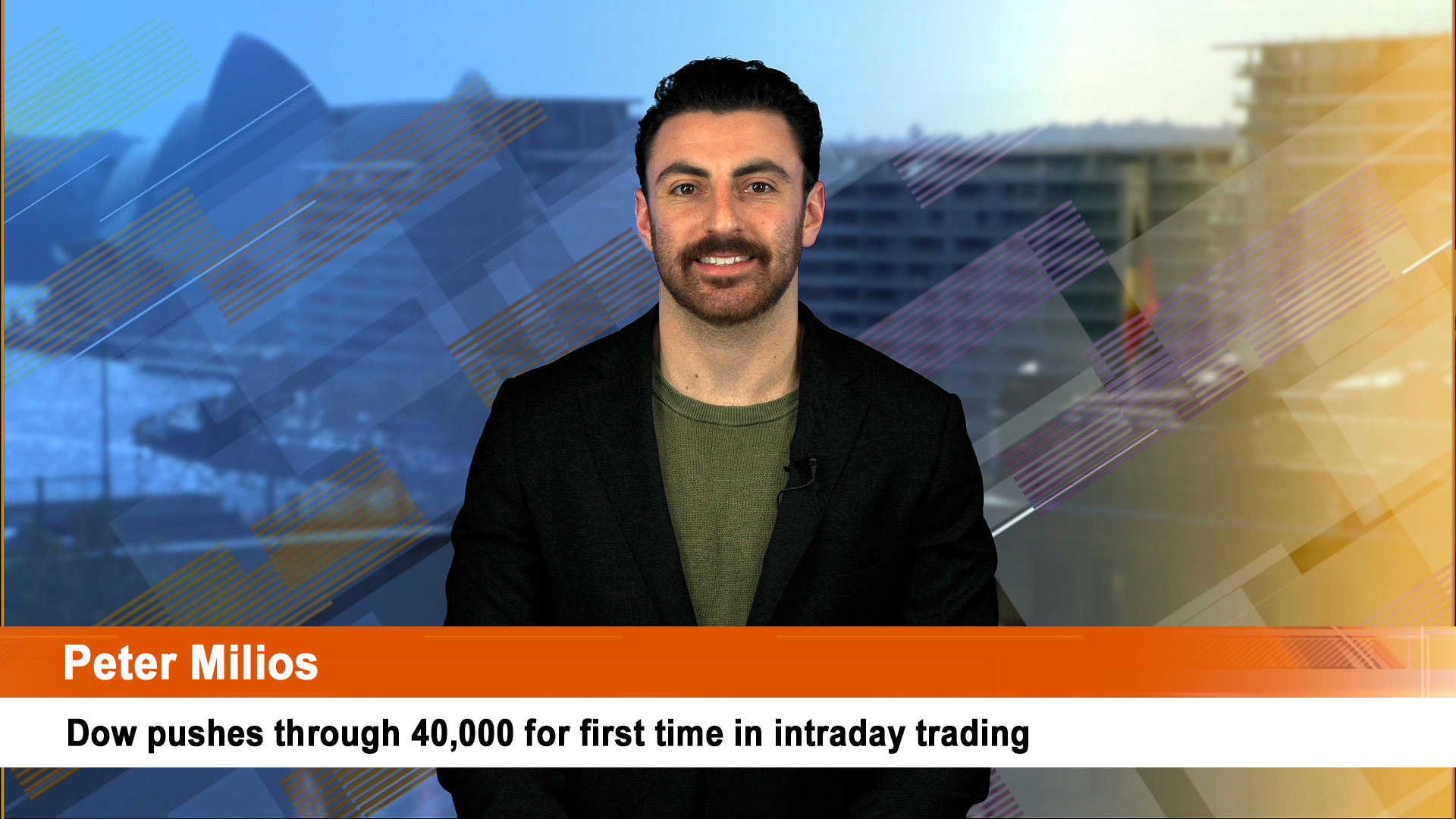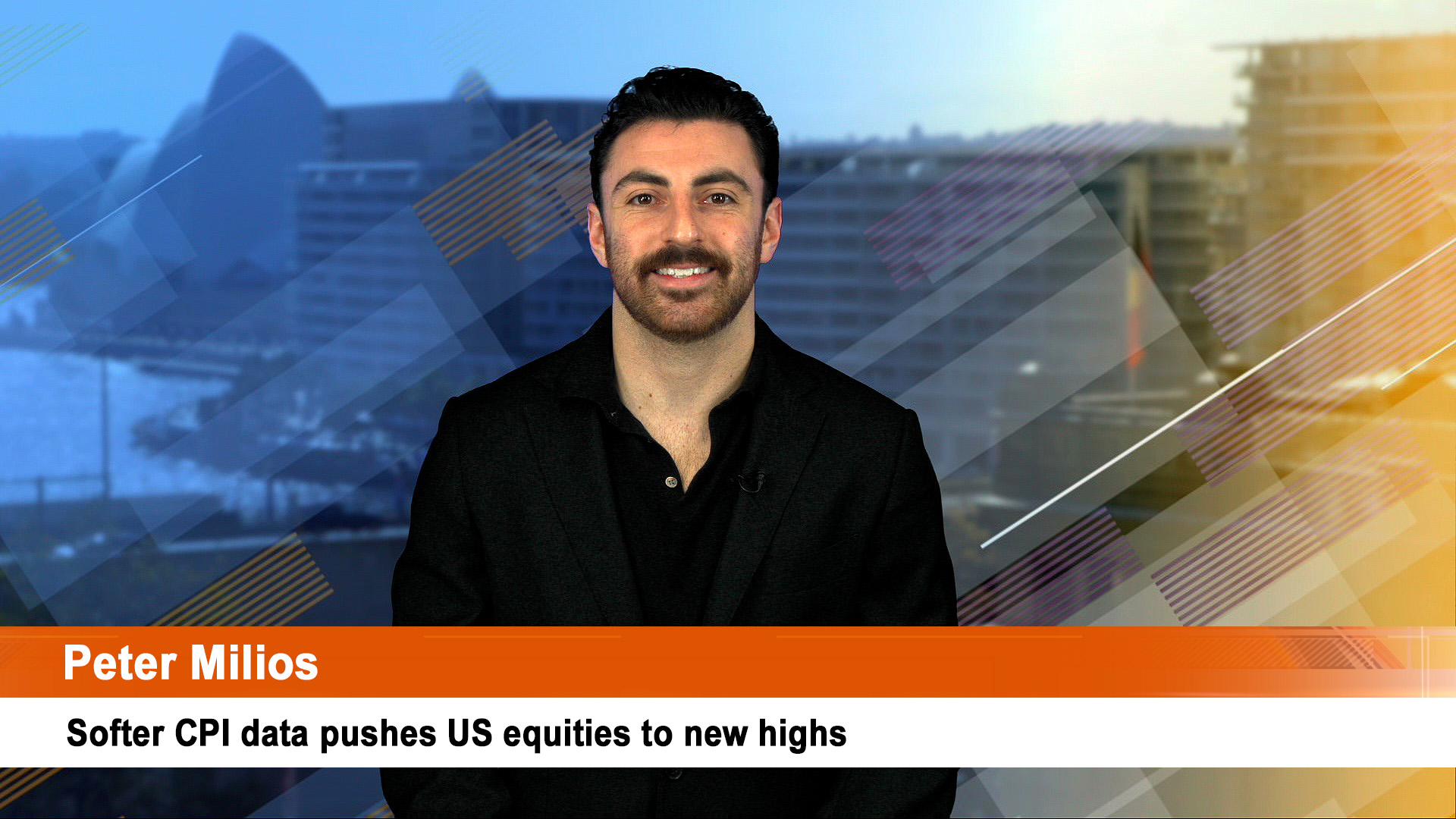Wall Street equities and bond dealings will be closed tonight for the Presidents’ Day holiday, so foreign investors will be flying blind for a day as they wonder about the changing attitude among US investors about the health of their economy and the future direction of interest rates and prices.
Foreign markets elsewhere will react to another bout of nerves in the US on Friday – the Dow rose but the S&P 500 and Nasdaq both fell and overall Wall Street had another negative week – except for the Nasdaq.
The ASX 200 here will start the week flat after a one-point dip on the Share Price Index by the close early Saturday morning, Sydney time.
That was after a mixed close on Friday in the US that saw the Dow rise 130 points, or 0.39%, rallying from the day’s lows in the final hours of Friday’s the session; the S&P 500 shed 0.27% to end the day at 4,079.23, and the Nasdaq Composite drop 0.58% to close at 11,787.27
For the week the Dow ended down 0.13%, its third negative week in a row and the first since September. The S&P 500 has shed 0.27% for the week, its second negative week in a row.
Energy stocks also tumbled as the price of oil fell. Exxon Mobil lost 3.8%. On the winning side was Deere, which jumped 7.5% after reporting stronger profit for its latest quarter than analysts had forecast.
The Nasdaq though rose 0.59% over the week but the gas was running out of the so-called tech growth stocks by Friday’s close.
The growing worry in the continuing health of the US economy.
The two-year Treasury yield (which is more responsive to Fed policy thinking), topped 4.70% on Friday, up from 4.62% late Thursday and from less than 4.10% earlier this month. It settled around 4.61%. It is now close to the 4.72% peak from November, which was its highest since before the GFC in 2007.
Economists say the economy is too strong, there’s too much consumption, too much confidence, and retail and producer prices are too strong after the release of January’s Consumer and Producer Price Indexes last week.
Both were stronger than expected and investors are growing more fearful that the Fed will raise rates higher than expected, which caused risk assets sell off late in the week (remember Fed chair Jay Powell has warned of that very scenario).
The mood has now changed compared to January’s optimism that inflation was slowing. That view is being now being questioned and recession fears are being quickly forgotten.
The figures are no longer going in the direction of easing prices, which raises some questions after that big rebound recorded by the equity markets in January. The S&P 500 peaked (year to date) on February 2 at 4,179, 100 points higher than Friday’s close.
But while there was weakness in New York, Eurozone shares rose 1.9% for the week, That seems to be have been a one-off because Japanese shares fell 0.6%, Chinese shares fell 1.7% and Australian shares lost 1.17%.
The ASX closed in the red on Friday after a lacklustre performance. The ASX200 dropped 63.50 points, or 0.86%, to 7,346.8, with an 8% fall in the value of the Commonwealth bank and weakness in other banks, a driver for the week’s loss of more than 1%.
But local investors are keeping a close eye on US sentiment which will be tested again this week with the release of the minutes of the Fed meeting at the start of the month and then the monthly Personal Consumption Expenditure (PCE) data with its key inflation reading that the Fed follows very closely.
Personal income is tipped to show a very strong rise in January, a move that will trigger more fears about more than forecast rate rises.













